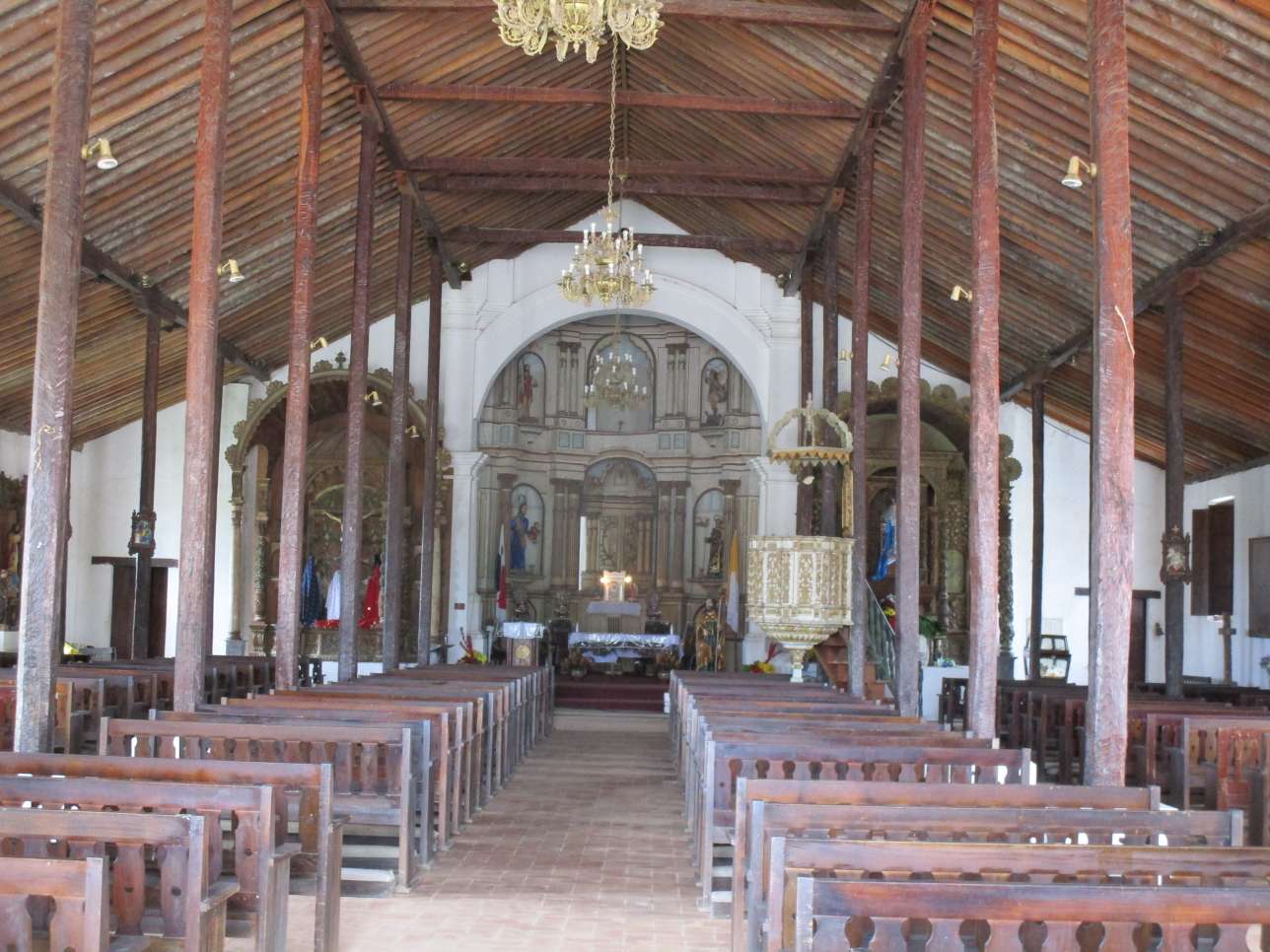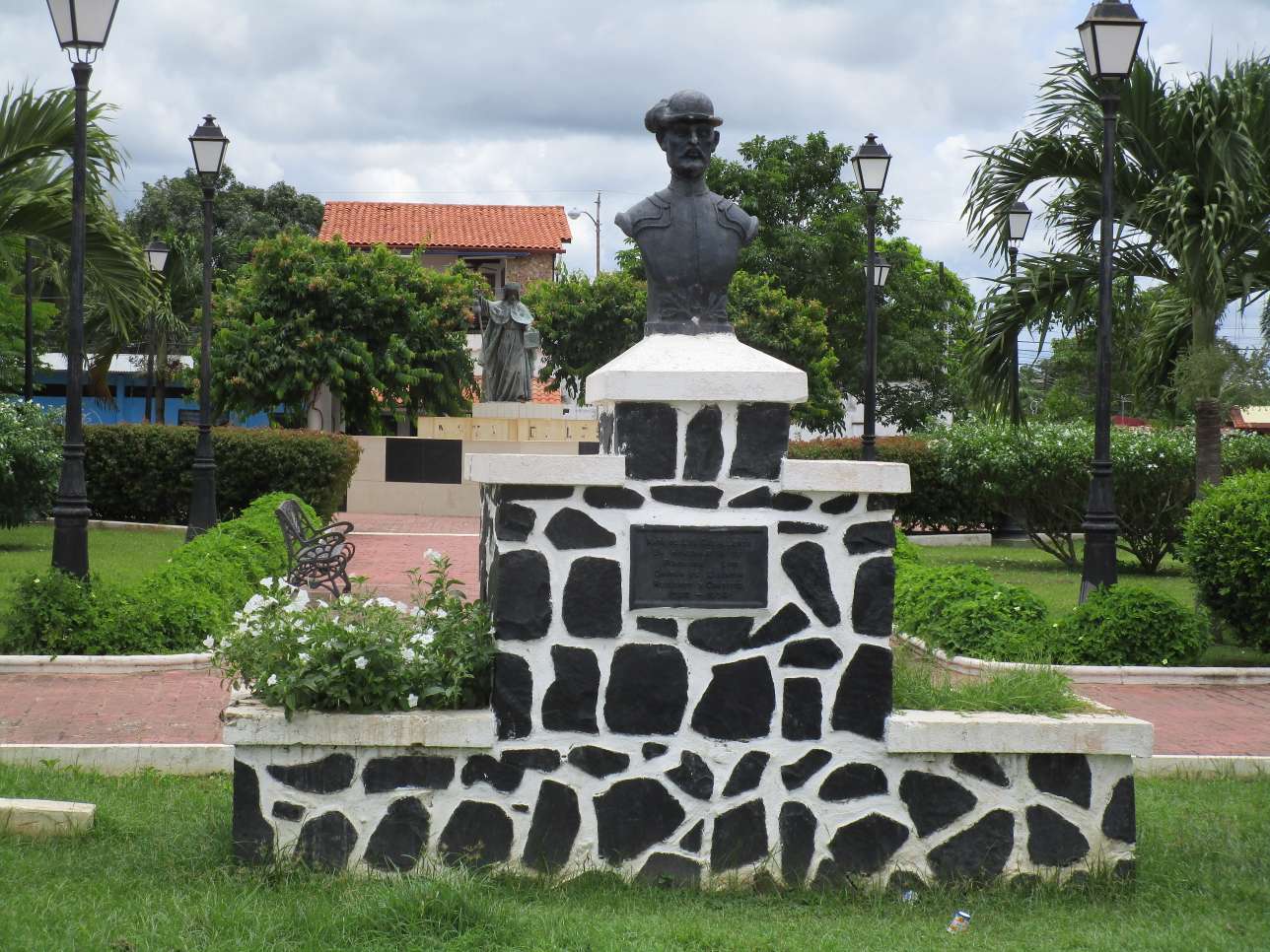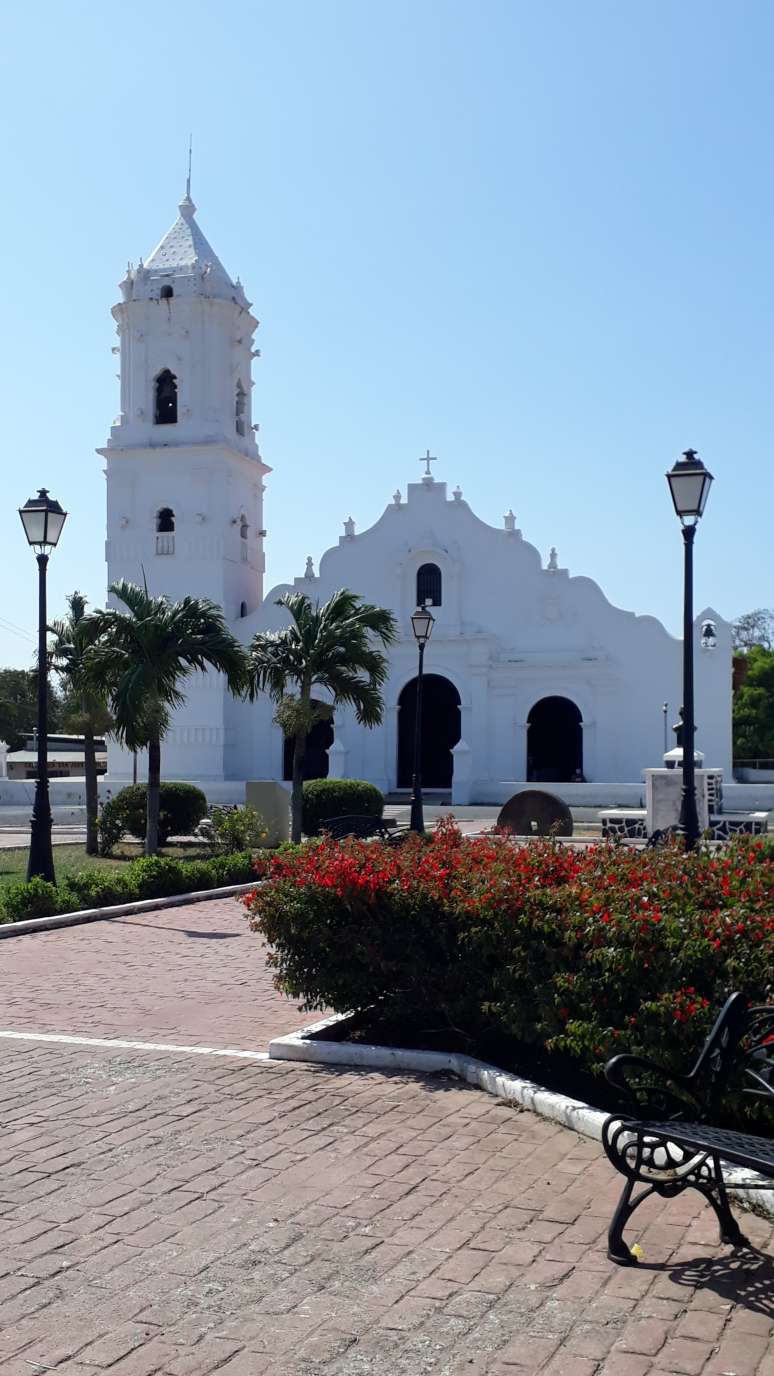Panama was the first territory on mainland to host the first colonial cities in the American continent. Portobelo, Nombre de Dios, Belen, Santa María La Antigua, Panama and Nata are examples of these cities founded on the American continent.
Nata 14,000 years ago
The Nata site had a large indigenous population before the foundation of the Hispanic site. Gonzalo de Badajoz describes it in 1515, as a settlement where there were so many huts that the spanish fear of watching so much population. Carlos Fitzgerald, a Panamanian archaeologist, says that to understand the history of Nata, it is necessary to remember that the first inhabitants of the Isthmus of Panama arrived as migrants 14,000 years ago. The evolution of human occupation occurred continuously until the arrival of the spanish. From the first millennium A.C. there were agricultural villages, where ceramics were used and gold was crafted in a tradition that stands out for its sophisticated skill, culture material found in lavish burials sites such as El Caño and Sitio Conte.

The Second City Founded in the Pacific
On May 20, 1522, Pedrarias Davila founded Nata to link the advance towards Central America, serve as a granary for the terminal cities of the Isthmus and spearhead the conquest of Veraguas.
Researchers of the urban fact, identify Panama la Vieja (1519) and Nata (1522), as the two main settlements founded by Pedrarias on the Isthmus. Before cities such as Bogota and Lima, Nata tried grid layouts with large blocks.
The Minor Basilica of Nata
Officially declared as the Parochial Church of Nata, its construction began in 1522 and more than one hundred years were invested for its completion. Completed in the last third of the 17th century and the end of the 18th, it is considered the greatest cultural-religious architectural structure on Panamanian land by the Spanish.

The church is the monumental Hispanic legacy of Nata, it was consecrated by the Santiago Apostle and has the merit of being the oldest church in America, still in use. The church building was declared a National Historic Landmark.
The Basilica had four distinguished bells with the names Santisimo Sacramento and Purisima Concepcion, San Joseph and Saint Rosa and Santiago el Mayor, cast in 1690. The fourth was a gift from the Panamanian bishop, Monsignor Manuel Joaquin Gonzalez, cast in 1804.
Proven Legend of a Secret Tunnel
A legend that surrounds the temple says that the tunnel has five different exits, the first and main one at the entrance and exit of the minor sacristy; the second is at the entrance and exit of the bell tower; the third in the San Juan de Dios chapel, although some claim that the site indicated was a boneyard; the fourth would be in the disappeared Soledad church, and the last would be in Cerro San Cristobal. Thanks to Fundacion Nata de los Caballeros Siglo XXI, has been able to verify its existence and a way to recover its operation is being sought.
The tunnel is believed to have been built before the church, around the middle of the 18th century, which suggests that the indigenous people had already been colonized.

Fall of the Town and its Resurgence
After nine years, Nata de los Caballeros was destroyed by the indigenous people in 1531. It was later rebuilt at the initiative of the Bishop of Panama in 1532. The native population declined rapidly and most of them migrated to Azuero and founded La Villa de Los Santos, while others decided to go and conquest the Veraguas region.
Nata retained the hierarchy of a city throughout the colonial period but its economic base was always weak and over time, it would be replaced by Penonome as the main urban center.







